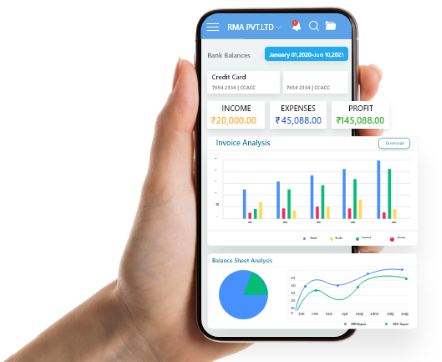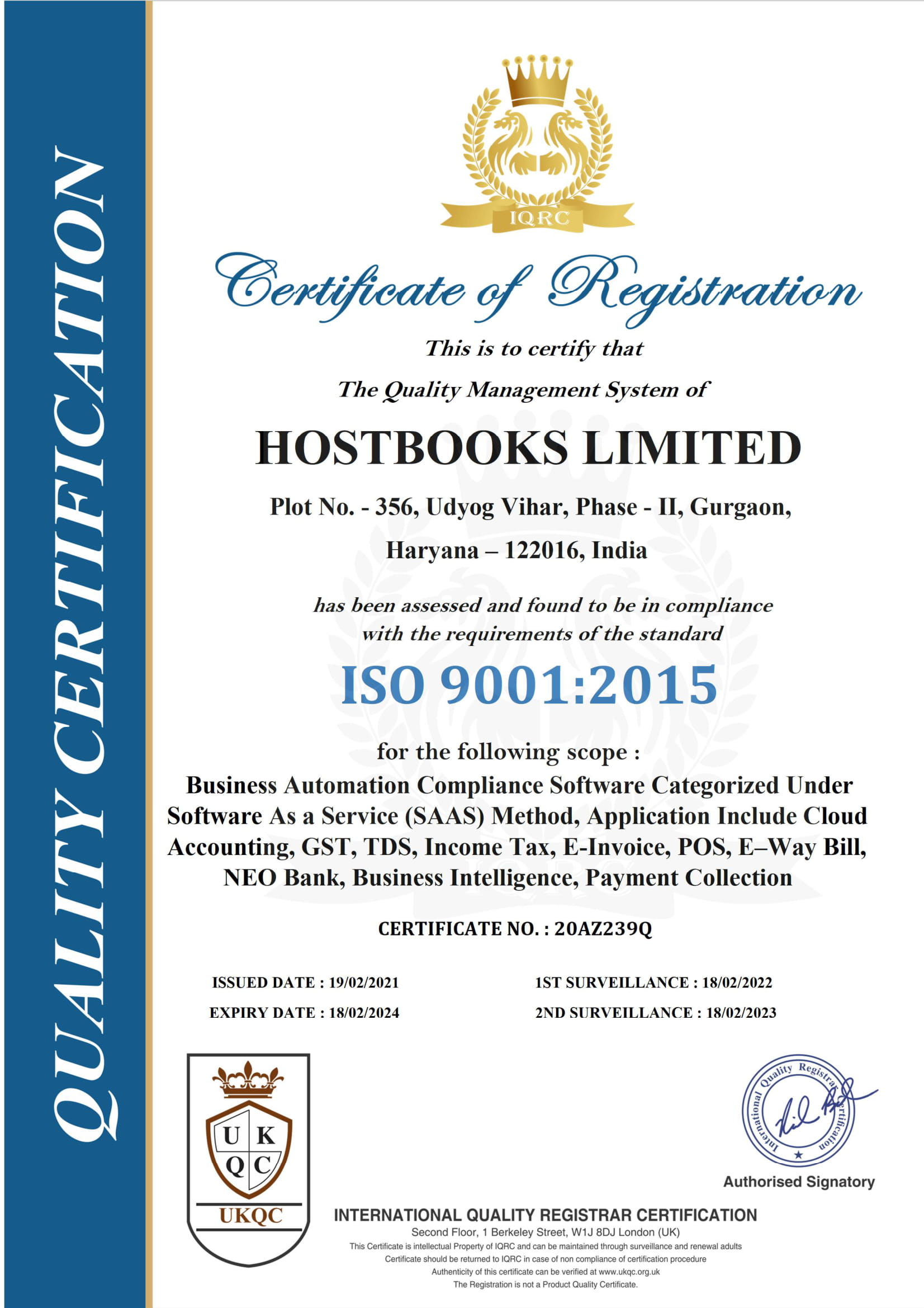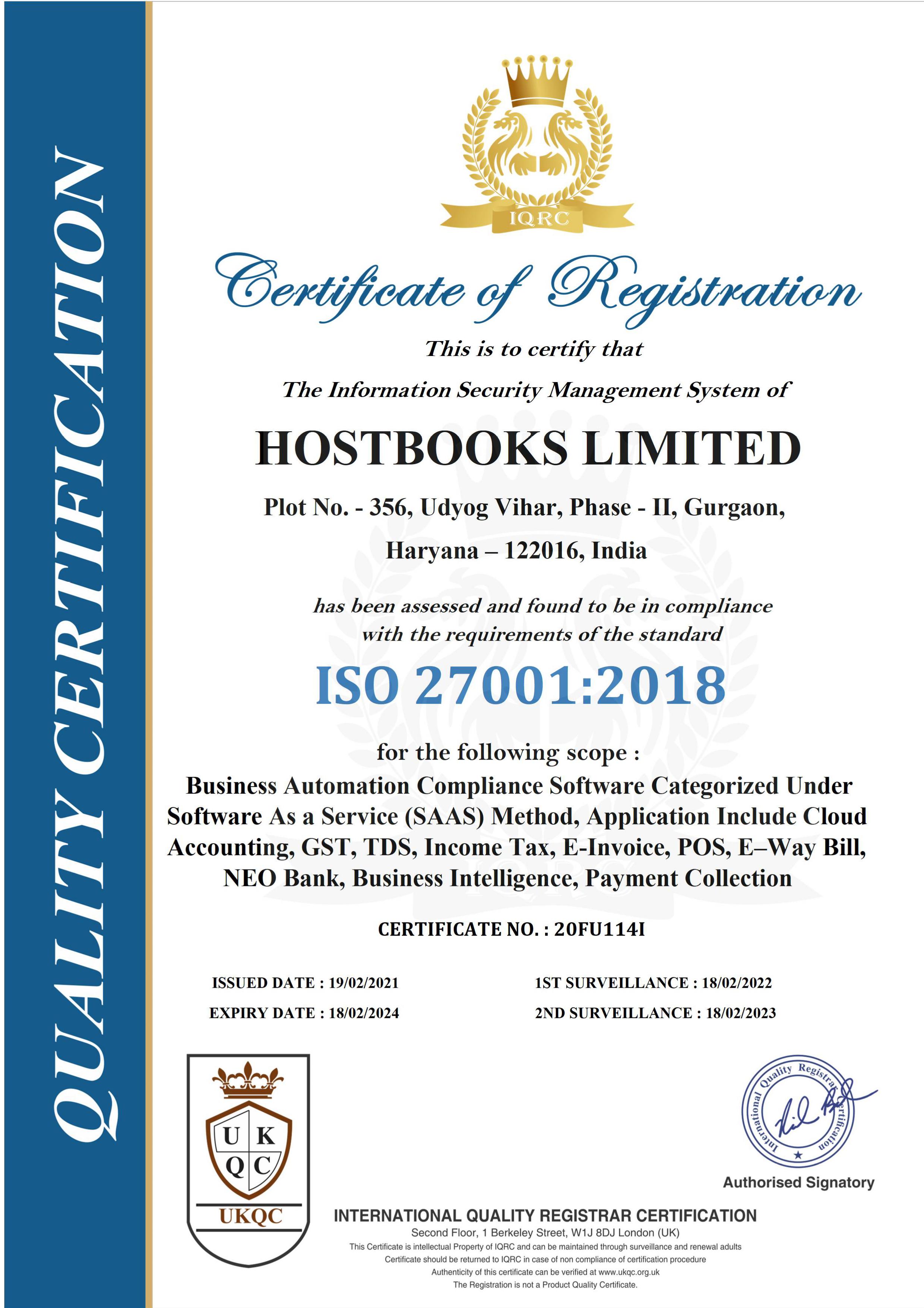Deferred Tax Assets and Liabilities
Understanding the Concept of Deferred Tax & Accounting Treatment of Taxes
AS-22 prescribes the accounting treatment of taxes on income and follows the concept of matching expenses against revenue for the period. The concept of matching is more peculiar in cases of income taxes, since in a number of cases, the taxable income may be significantly different from the income reported in the financial statements due to the difference in treatment of certain items under taxation laws and the way it is reflected in accounts.
Accounting Income and Taxable Income
Accounting income/loss is the net profit or loss for a period, as reported in the statement of profit and loss, before deducting income tax expense or adding income tax saving.
Taxable income/loss is the amount of the income/loss for a period, determined in accordance with the tax laws, based upon which income tax payable or recoverable is determined.
Permanent Difference and Timing Difference
This divergence between taxable income and accounting income arises due to two main reasons.
1. Permanent Difference: There are differences between items of revenue and expenses as appearing in the statement of profit and loss and the items which are considered as revenue, expenses or deductions for tax purposes, known as Permanent Difference.
Permanent differences are the differences between taxable income and accounting income for a period that originate in one period and do not reverse subsequently.
2. Time Difference: There are differences between the amount in respect of a particular item of revenue or expense as recognized in the statement of profit and loss and the corresponding amount which is recognized for the computation of taxable income, known as Time Difference.
Timing differences are the differences between taxable income and accounting income for a period that originate in one period and are capable of reversal in one or more subsequent periods.
Current Tax and Deferred Tax
Current tax should be measured at the amount expected to be paid to (recovered from) the taxation authorities, using the applicable tax rates and tax laws.
Deferred tax assets and liabilities are usually measured using the tax rates and tax laws that have been enacted. Deferred tax is the tax effect of timing differences.
What should be the measurement criteria for calculating the Current Tax and Deferred Tax?
Current tax should be measured at the amount expected to be paid to (recovered from) the taxation authorities, using the applicable tax rates and tax laws.
Deferred tax assets and liabilities are usually measured using the tax rates and tax laws that have been enacted. However, certain announcements of tax rates and tax laws by the government may have the substantive effect of actual enactment. In these circumstances, deferred tax assets and liabilities are measured using such announced tax rate and tax laws. Deferred tax assets and liabilities should not be discounted to their present value.
Recognition in the Books of Accounts
Tax expense disclosed in the determination of net profit shall include current tax and deferred tax.
Permanent differences do not result in deferred tax assets or deferred tax liabilities.
Taxes on income are considered to be an expense incurred by the enterprise in earning income and are accrued in the same period as the revenue and expenses to which they relate. Such matching may result into timing differences. The tax effects of timing differences are included in the tax expense in the statement of profit and loss and as deferred tax assets or as deferred tax liabilities, in the balance sheet.
Reasonable level of certainty & Virtual Certainty supported by convincing evidence
Deferred tax assets are recognized and carried forward only to the extent that there is a reasonable certainty of their realization. This reasonable level of certainty would normally be achieved by examining the past record of the enterprise and by making realistic estimates of profits for the future.
Where an enterprise has unabsorbed depreciation or carry forward of losses under tax laws, deferred tax assets should be recognized only to the extent that there is virtual certainty supported by convincing evidence that sufficient future taxable income will be available against which such deferred tax assets can be realized.
Note: Determination of virtual certainty that sufficient future taxable income will be available is a matter of judgment based on convincing evidence and will have to be evaluated on a case to case basis. Virtual certainty refers to the extent of certainty, which, for all practical purposes, can be considered certain. Virtual certainty cannot be based merely on forecasts of performance such as business plans. Virtual certainty is not a matter of perception and is to be supported by convincing evidence.
Re-assessment of Unrecognized Deferred Tax Assets
At each balance sheet date, an enterprise re-assesses unrecognized deferred tax assets. The enterprise recognizes previously unrecognized deferred tax assets to the extent that it has become reasonably certain or virtually certain, as the case may be, that sufficient future taxable income will be available against which such deferred tax assets can be realized.
Is it necessary to Review the Deferred Tax Assets?
The carrying amount of deferred tax assets should be reviewed at each balance sheet date. An enterprise should write-down the carrying amount of a deferred tax asset to the extent that it is no longer reasonably certain or virtually certain, as the case may be, that sufficient future taxable income will be available against which deferred tax asset can be realized. Any such write-down may be reversed to the extent that it becomes reasonably certain or virtually certain, as the case may be, that sufficient future taxable income will be available.
Are there any disclosures necessary for Deferred Tax Assets or Liabilities?
| Statement of Profit and Loss | Balance sheet |
|---|---|
| No Specific requirement to disclose current tax and deferred tax in the statement of profit and loss, as per AS-22. | However, disclose of current tax and deferred tax is required as per Company Law requirements. |
| Deferred tax assets and liabilities should be disclosed under a separate heading in the balance sheet of the enterprise, separately from current assets and current liabilities. | The break-up of deferred tax assets and deferred tax liabilities into major components of the respective balances should be disclosed in the notes to accounts. |
Concept of Tax Holiday under Sections 80-IA & 80-IB and Sections 10A & 10B of the Income Tax Act, 1961
The deferred tax in respect of timing differences which reverse during the tax holiday period should not be recognized to the extent the enterprise’s gross total income is subject to the deduction during the tax holiday period as per the requirements of the Act. Deferred tax in respect of timing differences which reverse after the tax holiday period should be recognized in the year in which the timing differences originate. However, recognition of deferred tax assets should be subject to the consideration of prudence as laid down in AS 22.
For the purposes stated above, the timing differences which originate first should be considered to reverse first.
Can we consider MAT (Minimum Alternate Tax) as Deferred Tax Asset?
MAT is income tax paid on book profit (a type of taxable income) payable by a company. MAT is required to be paid if tax payable as per normal provision of the income tax act is less than the tax computed @ 18.5% of the book profit. MAT does not create any difference between accounting income and taxable income since it is computed after computation of accounting income & taxable income. Therefore, it is not prudent to consider MAT credit as a deferred tax asset.














